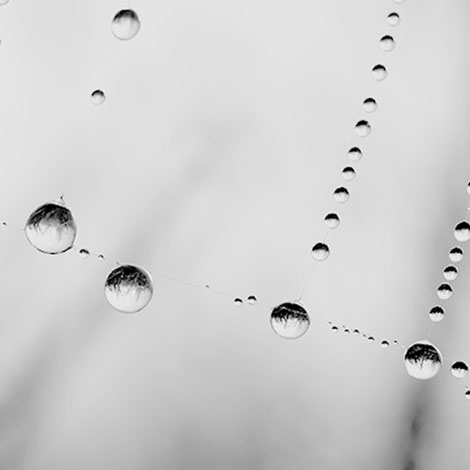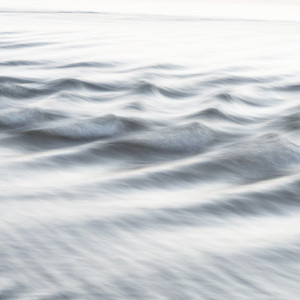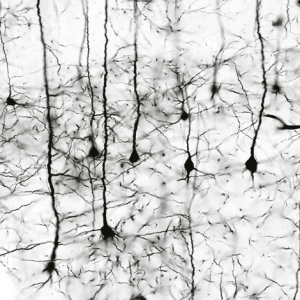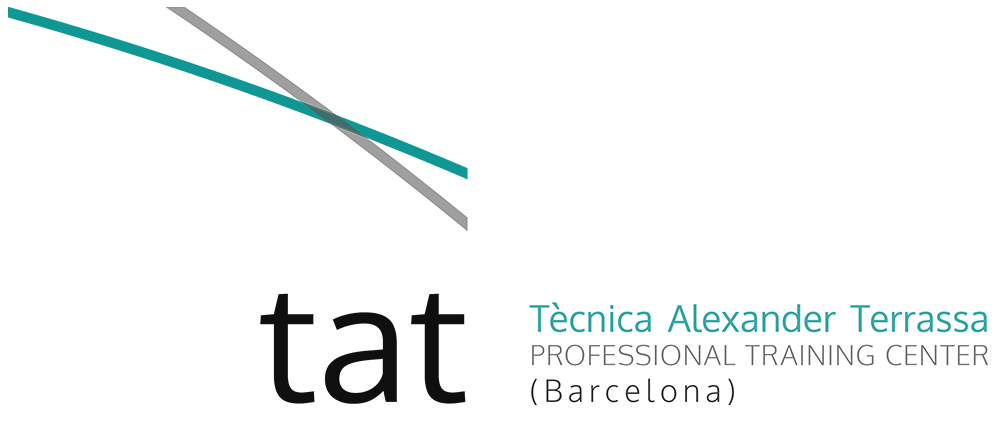HOW IT WORKS

A. Posture, balance and breathing
Posture is a term closely associated with poise and the Alexander Technique, and it has a much richer significance than we tend to realize. We typically think of posture in terms of a fixed position or alignment, and either as “good” (rigid, artificial and forced) or “bad” (everything else). In fact, posture includes everything related to that most basic, fundamental effort we make: organizing and mobilizing our own weight upward in response to the constant downward force of gravity.
Neurophysiologists investigating the nature of balance refer to posture as “the attitude adopted in preparation for the adjustment, adaptation or movement to come”. In this context, posture becomes much more dynamic and responsive, and incorporates such elements as muscle tone (tension and relaxation); balance; body mechanics, form, and functioning, and a long list of etceteras. In effect, posture is the combined use we make of all the parts of the body actively working together to get ourselves upright and moving.
Interestingly, posture is also intimately connected with our breathing. How the body is organized in response to gravity directly affects the shape and tone of the torso where the lungs are housed, as well as the movement capacity of the ribcage, diaphragm and abdomen necessary for free breathing.
Our posture underlies our balance, also more subtle than it may first appear. There are two primary functions involved in balance, stability and mobility. We need both, simultaneously: stability in movement, and freedom in stability. Complications arise because balancing on two feet in a gravitational field is a sophisticated motor skill. We unconsciously tend to over-fix and hold some parts of ourselves, and then compensate by over-relaxing and collapsing other parts, compromising our balance considerably in the process. Natural upright balance combines these two facets skillfully, in such a way that our stability and mobility are mutually supported and reinforced.
When the dual facets of stability and mobility are well synchronized, our breathing is unrestricted and free to respond to the different demands placed upon it. The coordination attained when these three elements – stability, mobility, and respiration – are in dynamic equilibrium is the foundation of our upright human poise.

“There is no such thing as a right position, but there is such a thing as a right direction.”
B. Psychophysical unity
From an anatomical and physiological perspective, there are a whole host of systems and processes involved in maintaining poise: the musculoskeletal system most obviously, with its bones, muscles and connective tissue; the organs of balance and proprioception (awareness of the relationships between the various parts of the body, and between the body as a whole and the external environment); and a network of anti-gravity mechanisms and postural support responses.
Less obviously, but perhaps most crucially, is the involvement of the nervous system. The physical equipment of our postural support system functions, in large part, automatically. This is as is it should be, as the workings involved for continually regulating and maintaining balance are far too complex for our conscious brains to control… with one condition: the optimal functioning of the postural support system is dependent on our voluntary intentions to use the system well.
In questions of posture, balance, and movement, how we decide to coordinate and organize ourselves determines the quality of their functioning.
Through his practical investigations and teaching experience, F.M. Alexander came to realize the futility of attempting to split the self into “mental” and “physical”. His work is founded on the principle of psychophysical unity, not as a theoretical or philosophical concept, but as a concrete reality. His discoveries demonstrate that our thinking, sensing, feeling, and physical systems are all aspects of one unified organism, and any activity in one instantly alters the others − for better or worse.
When we have unimpeded neuromuscular coordination (psychophysical unity), we are actively and intentionally directing our postural support system to work to its greatest potential. This conscious direction catalyzes the body’s anti-gravity response, its inherent capacity to respond to the downward force of gravity with an integral upward expansion.
This integrated expansion is the hallmark of poise, and facilitates and sustains every action we make and breath we take. It provides us with the optimal level of functioning we are capable of at the moment, and improves the more we choose to use it.

“The Alexander Technique works on a very precise neuromuscular mechanism in which the systems of balance, posture, the control of muscle tension and our mental state and attitude are all intertwined and interconnected. I can think of no other technique that so clearly recognizes the interdependence of these functions.”
